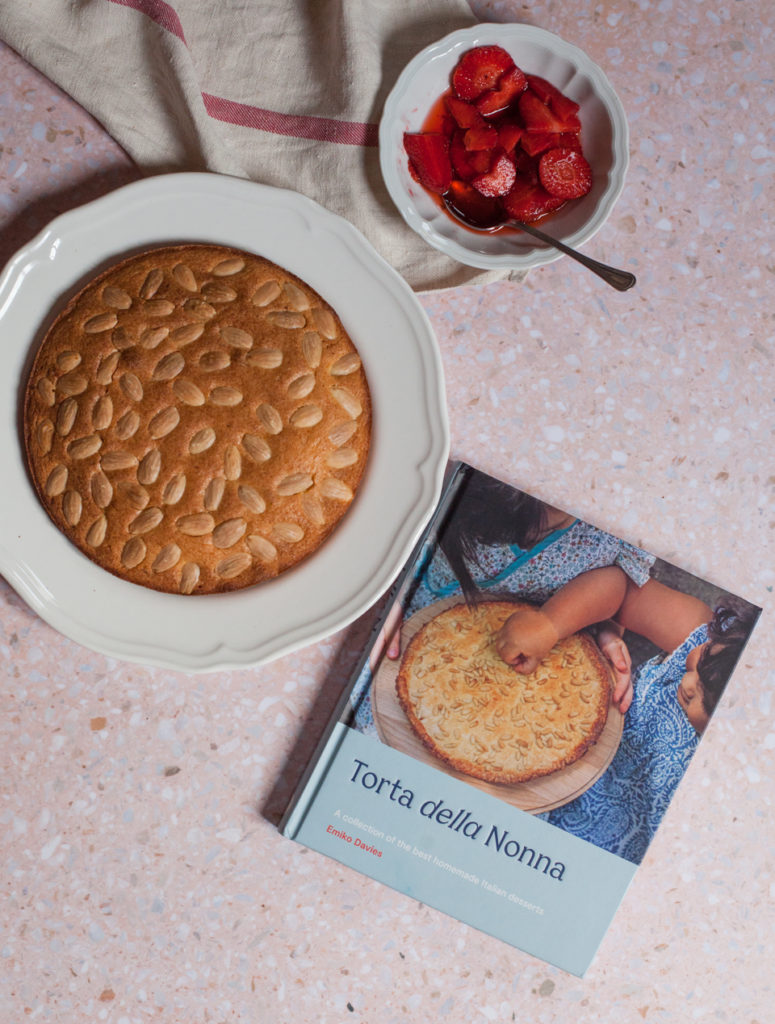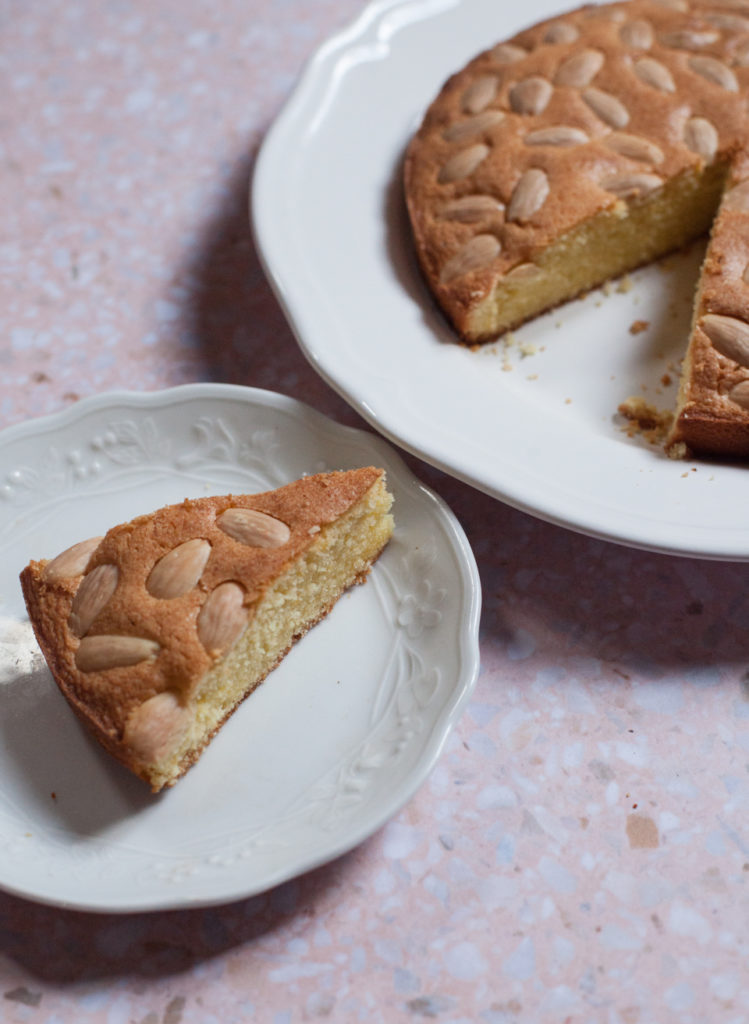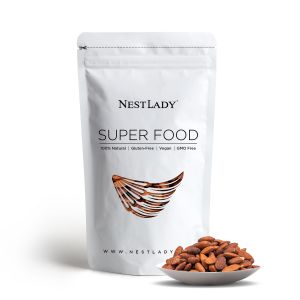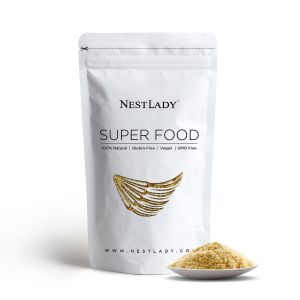
Making sweets was my first foray into cooking independently in the kitchen, and as a teenager I could often be found baking my way through my mother’s cookbooks, in particular an American pie cookbook – I have always had a thing for pastry. You will see a bias towards it in this collection too, from southern Italian custard and jam bocconotti to ricotta-filled crostata and Florence’s little rice pudding pastries, budini di riso. Oh and Torta della Nonna, a shortcrust pastry case filled with pastry cream and topped with pine nuts.
I also have a thing for historic Italian cookbooks, as they have been instrumental in helping me appreciate the unchanging nature of regional Italian cuisine, as well as being a constant source of inspiration for recipes. My Tuscan mother in law, Angela, relied on her mother for recipes, who, in turn, like so many Italian housewives of her generation, relied on her Artusi.
A thick copy of Pellegrino Artusi’s 1891 cookbook, Science in the Kitchen and the Art of Eating Well, with its 790 recipes, was often given to new Italian brides to guide them in the kitchen. Angela’s copy (inherited from her mother, Lina) is so well-worn that the spine is broken and the book automatically opens to Artusi’s three recipes for pasta frolla (Italy’s soft shortcrust pastry) and there is a little mark next to recipe B – Lina’s and my preferred of the three, too, and one of the essentials in my kitchen today.
In fact, many of the recipes in this book have their beginnings in that very pasta frolla. Many are the kind of recipes that Carol Field refers to in her excellent The Italian Baker (1985), sweets that “have perfumed mountain homes in Val d’Aosta, simple farmhouses near Bologna, villas in the Tuscan countryside, and apartments in Rome. Emanating from a simple way of life, they almost invariably start with pasta frolla.”

A few decades after Artusi’s publication, in 1929, a Roman magazine editor, Ada Boni, published Il Talismano della Felicità (The Talisman of Happiness, an enormous collection of more than 1000 classic recipes) and, along with Artusi, it became the Joy of Cooking for many Italian households too. Her book is still an important reference book, the recipes still very much valid today, like Artusi’s, but easier to follow for a modern reader in a modern kitchen than Artusi’s charming, nineteenth century banter-filled recipes. From granita to stuffed peaches and the wonderful thrifty chocolate cake (a dense, satisfying cake made with only pantry items and milk, no eggs or butter), Boni’s no-nonsense recipes are still among some of my favourites when I want to produce something that channels my inner nonna.
The recipes in Torta della Nonna, which have been plucked out of my three cookbooks, Florentine, Acquacotta and Tortellini at Midnight, along with a handful of new inclusions (such as latte alla portoghese, chocolate semifreddo, homemade savoiardi and more), are a collection of beloved Italian classics, many of which you could likely find on nonna’s table for Sunday lunch, in a homely trattoria or one of Florence’s best pastry shops, broken down into 8 chapters.
You can read a full review of the book over at Shipshape Eatworthy.


The recipe I want to share with you from this book is probably one of my very favourite cakes, but is definitely an underrated recipe — you would probably skim past it, possibly never even try it because there is also no photo to accompany Nonna Vera’s Almond Cake. But there are a few reasons why I love it so much.
One, because it is a cake recipe that was given to my mother in law by her mother in law, Vera, who is now in her mid-nineties and still lives alone in her own home — it is for our family, literally the “torta della nonna.” Two, it is the simplest cake to make: a one bowl cake, you put everything in together and just combine it with a fork. You don’t even need any rising agents in this. It has the taste of a perfectly simple, satisfying cake: buttery, a slight hint of lemon, a delicious crunch of toasted almonds. Whenever I have made this for events, it is the first thing that disappears. You can eat it at any moment of the day and it’s just perfect, especially, in my opinion, with an epresso or a cup of tea. I hope you’ll try it. It’s a solid, foolproof recipe, easy to remember and so easy to whip up – all you need is a bowl and a fork. Practical, just like Nonna Vera.

Torta di Mandorle di Nonna Vera
Nonna Vera’s Almond Cake
Serves 6–8
150 g (1 cup) plain (all-purpose) flour
150 g (3/4 cup) sugar
150 g (2/3 cup) butter, melted
1 whole egg
3 egg yolks
finely grated zest of 1 lemon
100 g (3½ oz) blanched whole almonds
Preheat the oven to 180°C (350°F) and grease and line a 20 cm (8 in) round cake tin.
Combine the flour and sugar in a bowl. Add the melted butter and mix in along with the egg and yolks, and then the lemon zest, stirring with a fork until just combined. Pour the cake batter into the tin and top with the whole almonds, pushing them in slightly.
Bake for 30 minutes, or until golden brown and springy on top. If you like you can dust with icing sugar to serve; in the summertime my mother in law, Angela, likes to top the cake with strawberries macerated in a bit of sugar.
Original Website: Nonna Vera’s Almond Cake and a new cookbook | Emiko Davies


 English
English  中文
中文 

